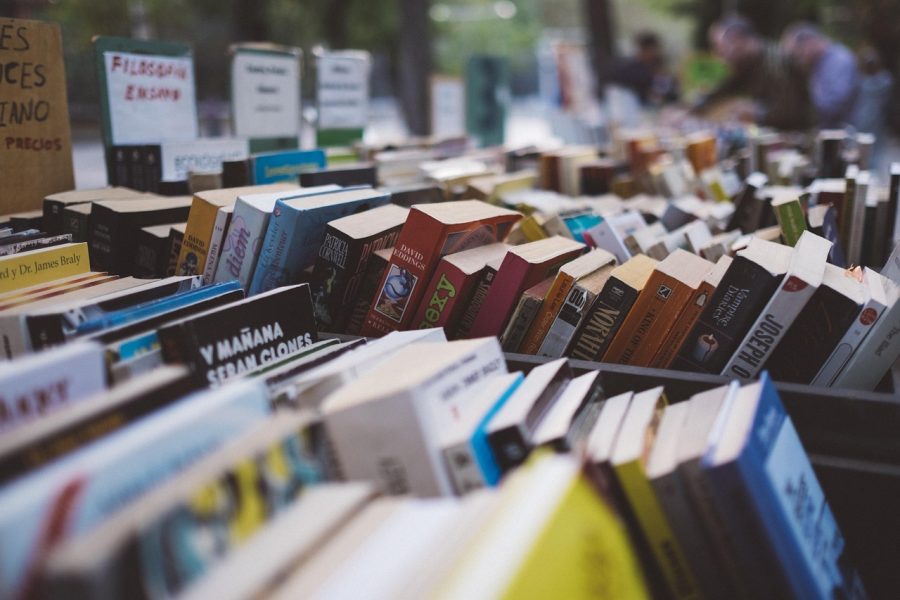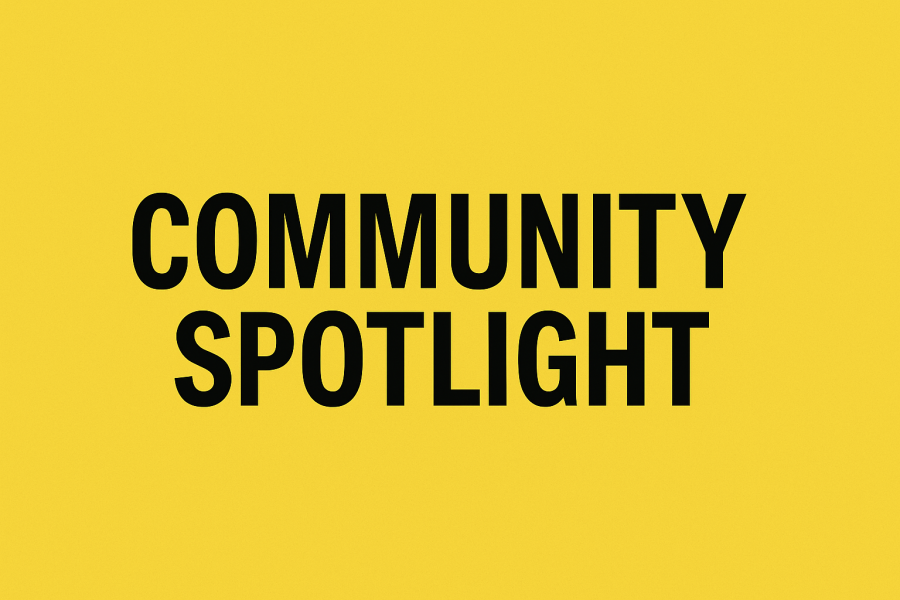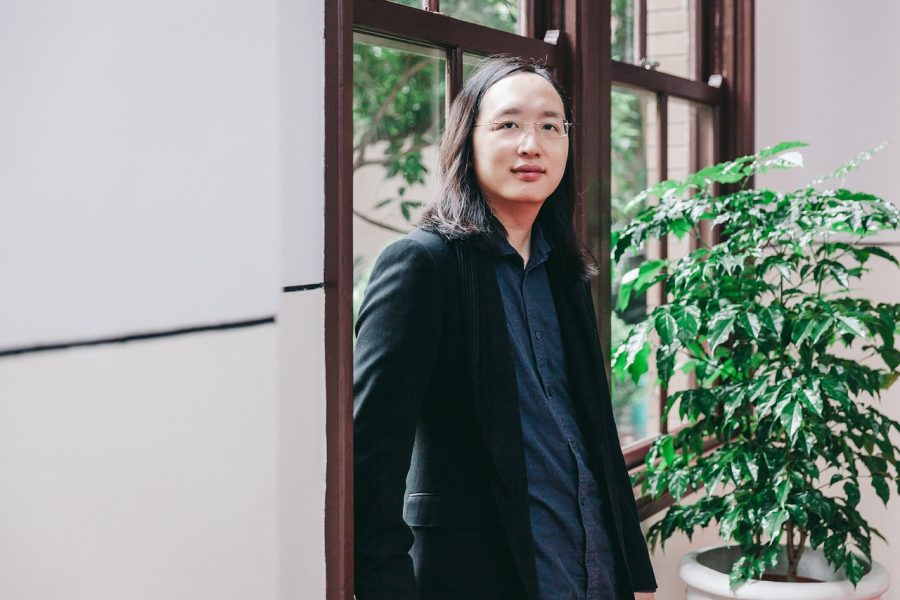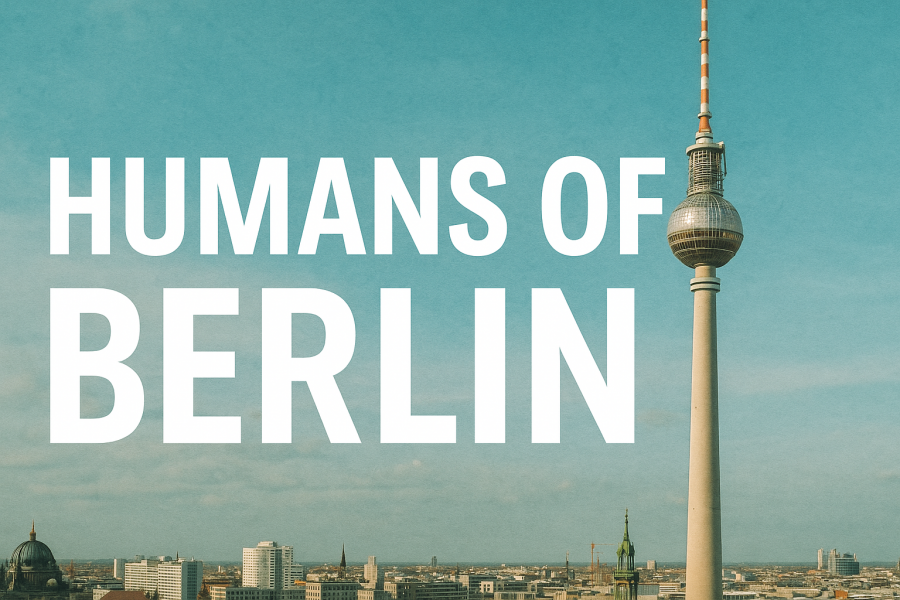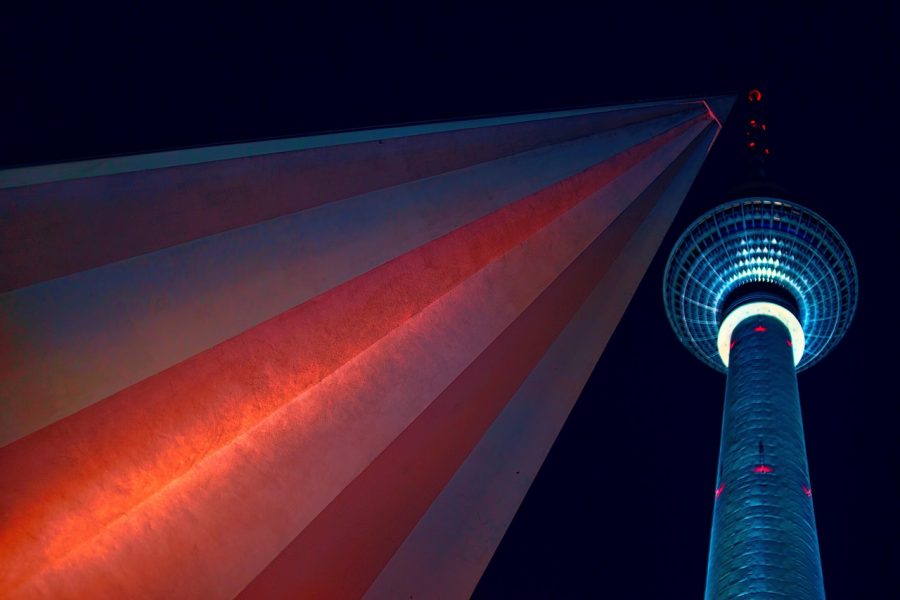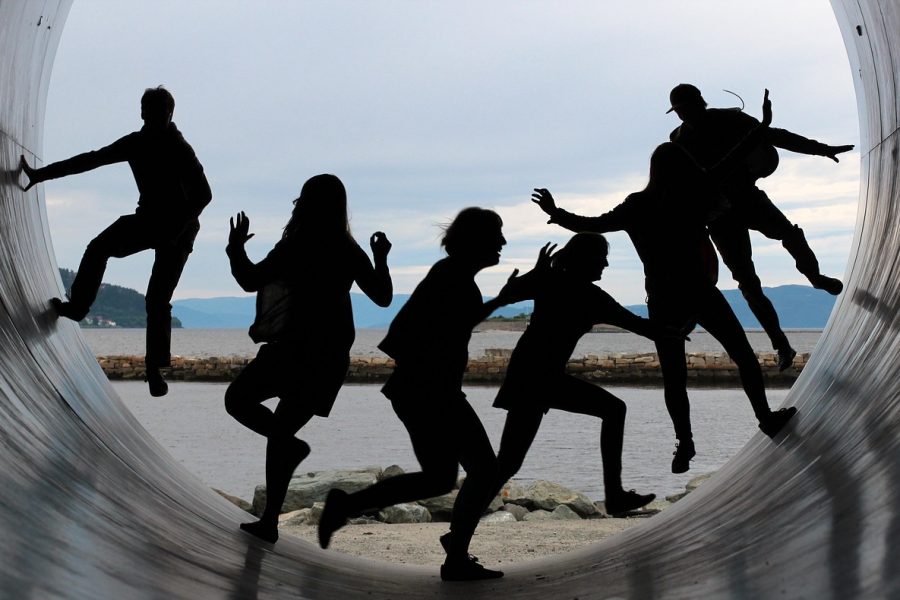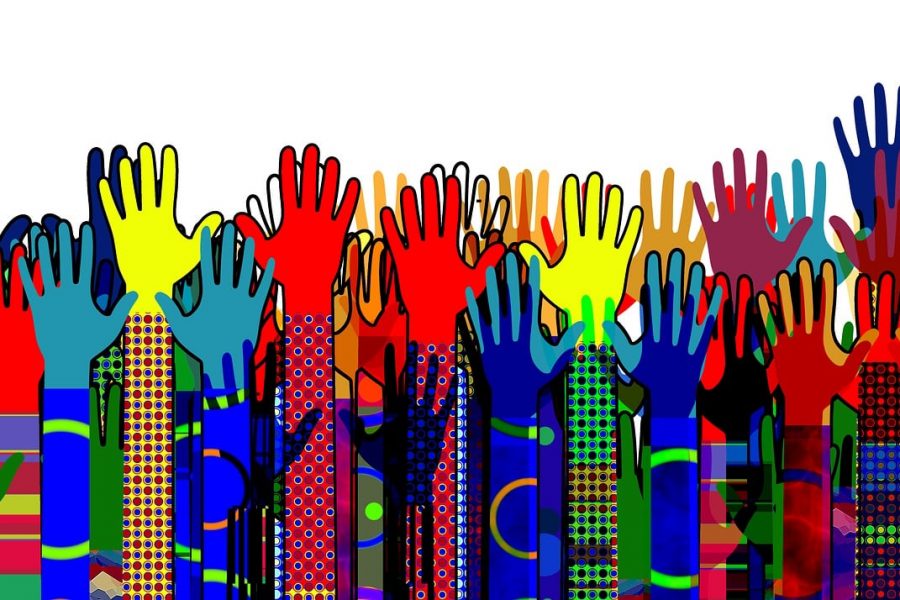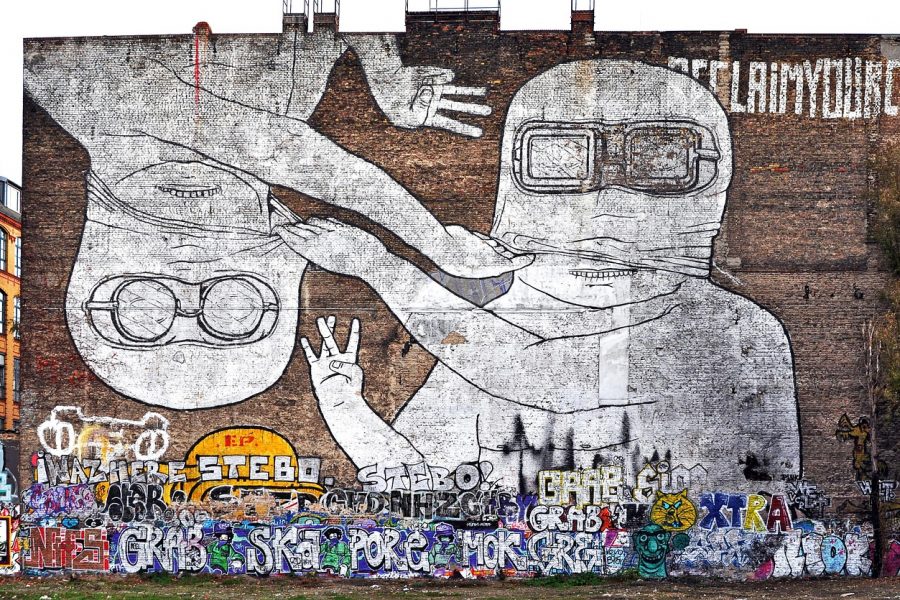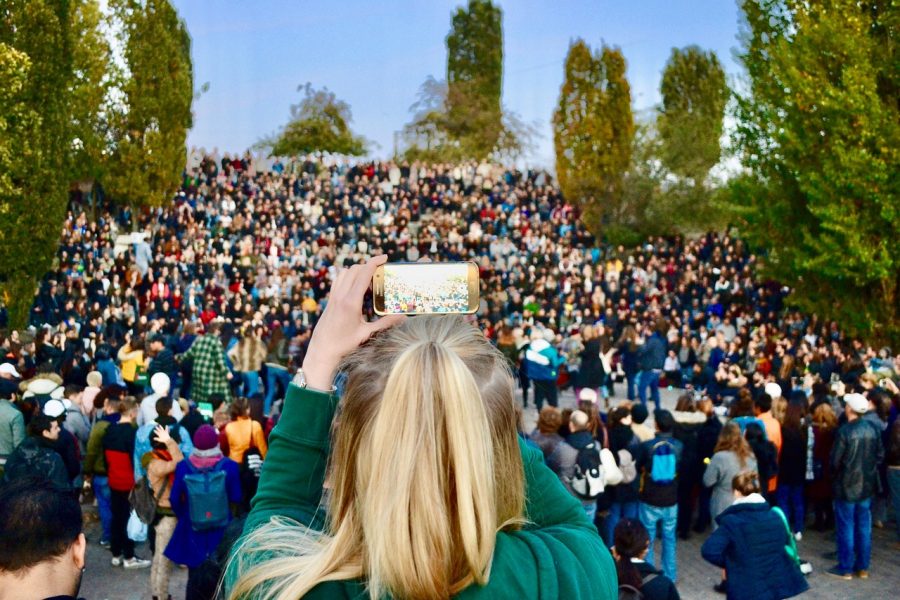Last weekend, I had the chance to see inside Berlin’s newest museum: Berlin Modern.
The visit made me think about how we imagine the future Berlin.
If you’ve walked near the Kulturforum, between the Neue Nationalgalerie and the Philharmonie, you’ve surely noticed that enormous construction site. That is where Berlin Modern is rising — a new museum of modern art, designed by Herzog & de Meuron.
Facts: over 10,000 m², an opening planned for 2029, and an estimated cost of around 570 million euros.
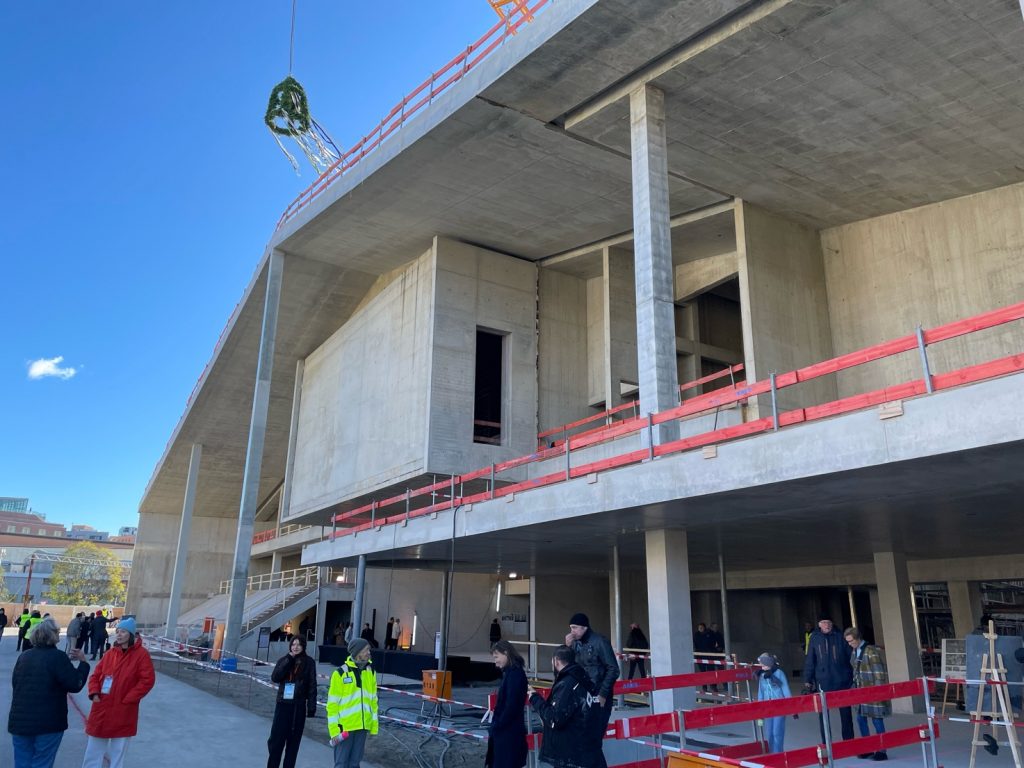
In Germany, when the skeleton of a building is finished, there’s a celebration — the Richtfest. It’s usually the first time the public can step inside. During this event, Berliners could buy a ticket for six euros and walk through the unfinished space: big, bright halls for art, cafés, and even plans for open public areas like a beer garden.
It is impressive — but as I walked through it, another building came to mind: Oodi, the Helsinki Central Library.
Oodi, completed in 2018, cost about 100 million euros and stands proudly in the very heart of Helsinki. It looks like a ship made of light and wood — transparent, warm, alive. But more importantly, it is not just a library. It’s a living house for the people.
Everyone can find what they need there: community, creativity, silence, play, food, inspiration. You can borrow musical instruments, record your own songs in professional studios, organize your own events, or simply read — there are more than 100,000 books.
It’s a place where culture and community meet naturally.
And I asked myself:
What kind of public spaces do we want in Berlin?
Berlin already built the Humboldt Forum — a monumental project that was meant to be an agora, a civic space for all. In reality, it became another museum.
Berlin invests enormous sums into cultural buildings — the Pergamon, the Neues Museum, the James-Simon-Galerie, and now the Berlin Modern.
We are, perhaps, a museum city.
But museums are not necessarily public spaces — not in the way Oodi is.
Years ago, we developed an idea called the HeymatHaus.
What if Berlin had a symbolic house — a place representing its society as it truly is: international, inclusive, collaborative?
A space where all cultures and communities in Berlin could live and share their traditions — where the whole world and all Bundesländer are equally at home.
A house where we could share food, show films, make music, exchange books, perform art, learn from one another. To design together a new way of living in an international community — to develop visions and co-create the path toward a Berlin that truly reflects its people.
Creating such a space would mean more than just building another institution — it would mean building belonging.
| About Berlin Modern Berlin Modern (Museums- und Atelierhaus der Moderne) is a major new museum currently under construction at Berlin’s Kulturforum, designed by the renowned Swiss architects Herzog & de Meuron. The project aims to unite under one roof the modern art collections of the Nationalgalerie, the Kunstgewerbemuseum, the Kupferstichkabinett, and the Staatliche Museen zu Berlin’s Sammlung der 20er Jahre. The building will offer around 10,000 square meters of exhibition space, with additional studios, workshops, and public areas. Construction began in 2021, and completion is planned for 2029. The total cost is estimated at around 570 million euros. Situated between the Neue Nationalgalerie and the Berliner Philharmonie, Berlin Modern is envisioned as a central hub for 20th- and 21st-century art — and as a new architectural landmark in the city’s cultural landscape. |


